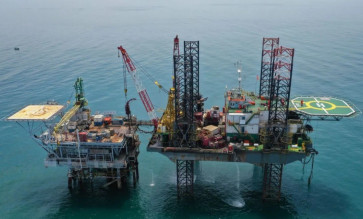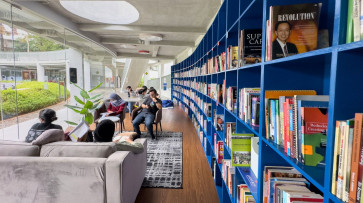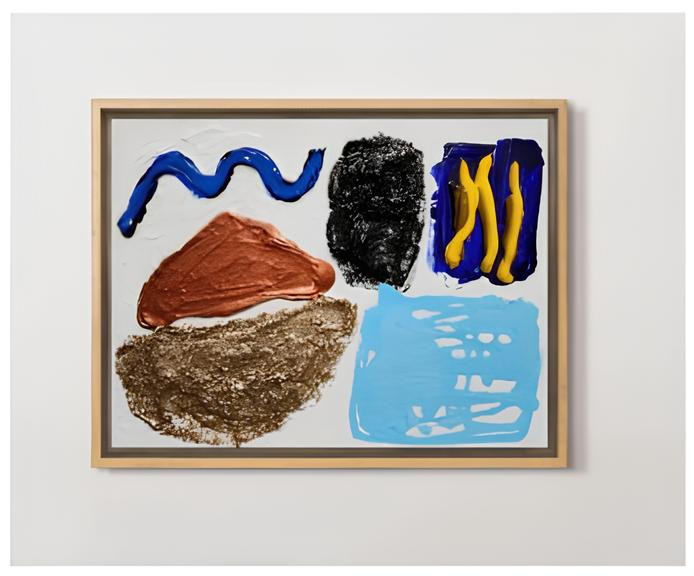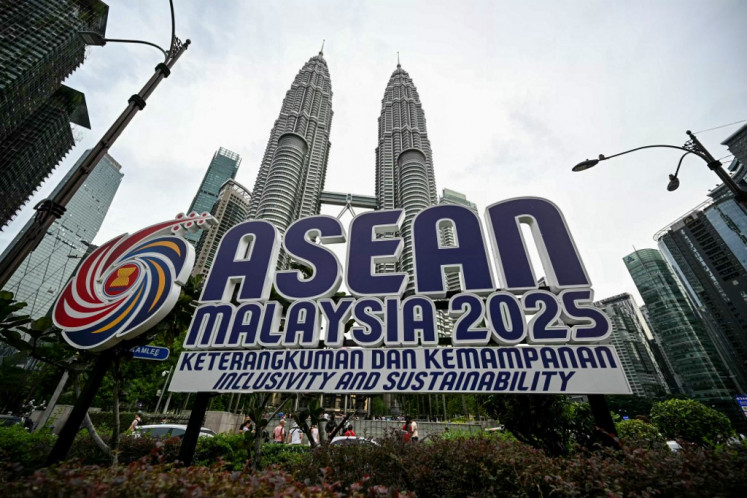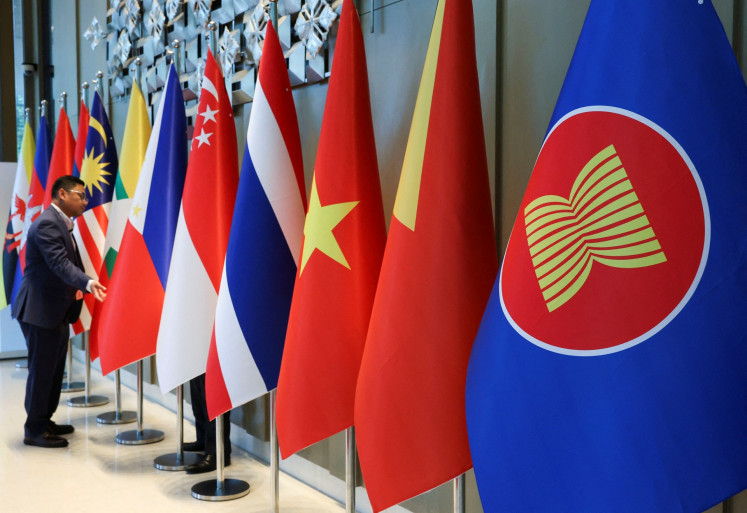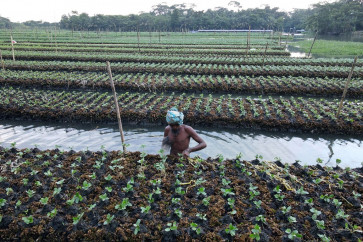Floating farms, salt-resistant rice: Bangladeshis adapt to survive
Rising sea levels and violent flooding are already putting millions of lives at risk in Bangladesh, but they also bring another problem: Water-logged land and high salinity in streams and soil are killing the crops.
Change text size
Gift Premium Articles
to Anyone
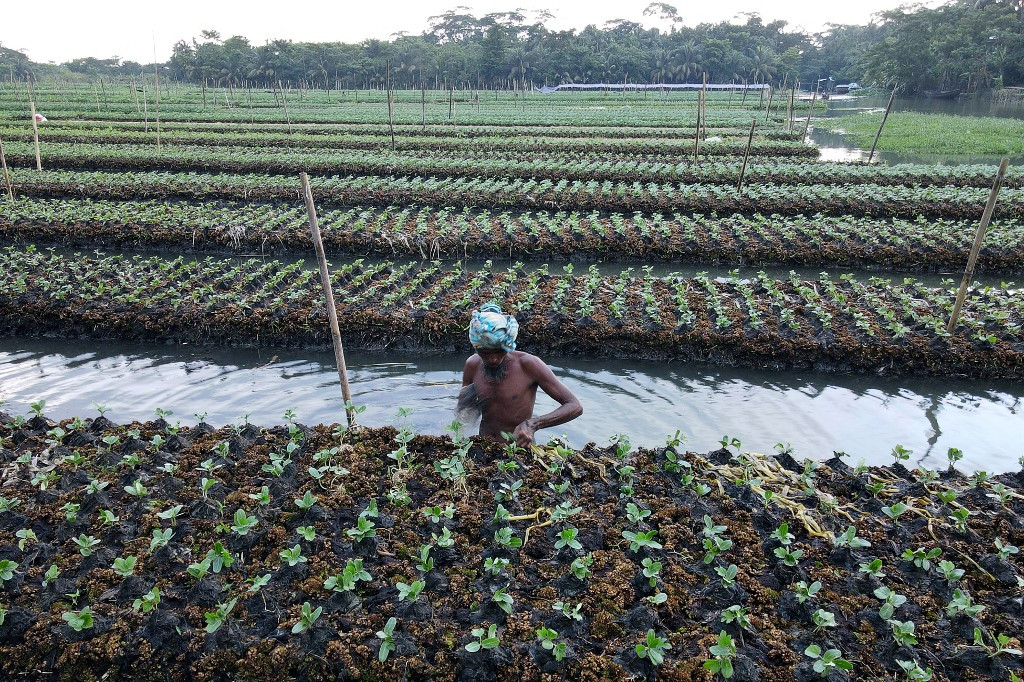 In this aerial photograph taken on September 26, 2021, a farmer standing in an inundated field checks on vegetables growing on seed beds, made of stack layers of water hyacinth and bamboo tied together by their roots to create a raft, in Mugarjhor some 200 kilometres (120 miles) south of Dhaka. (AFP/Munir Uz Zaman)
In this aerial photograph taken on September 26, 2021, a farmer standing in an inundated field checks on vegetables growing on seed beds, made of stack layers of water hyacinth and bamboo tied together by their roots to create a raft, in Mugarjhor some 200 kilometres (120 miles) south of Dhaka. (AFP/Munir Uz Zaman)
R
ising sea levels and violent flooding are already putting tens of millions of lives at risk in Bangladesh, but they bring another problem that threatens the entire nation: Water-logged land and high salinity in streams and soil are killing crops.
Bangladesh ranks seventh for countries most affected by extreme weather in the past two decades, according to the Global Climate Risk Index.
Farmers are desperately trying to adjust to these ever more destructive and unpredictable conditions caused by global warming -- from using floating seed beds to developing salt-resistant rice.
"Even 25 years ago, we could grow crops throughout the year... but then water started to stay here seven months. We were clueless how to survive," Altaf Mahmud told AFP.
"Most of the farmers here are poor and the land is scarce. But if we can't grow anything during the seven months, we would starve," neighbour Mohammad Mostofa added.
So they and other local farmers in Mugarjhor, a region 200 kilometres (120 miles) south of Dhaka, revived a century-old technique of using seed beds that sit atop the water.
They stack layers of water hyacinth and bamboo tied together by their roots to create a raft, between two and four foot high, on which to plant seeds -- often using wood chippings and coconut coir as a fertiliser.


